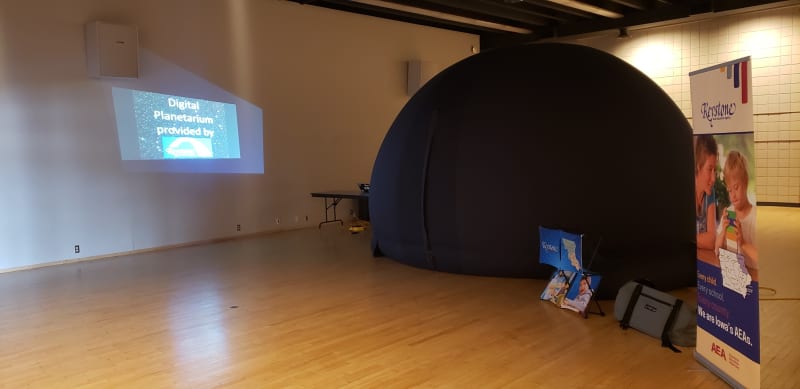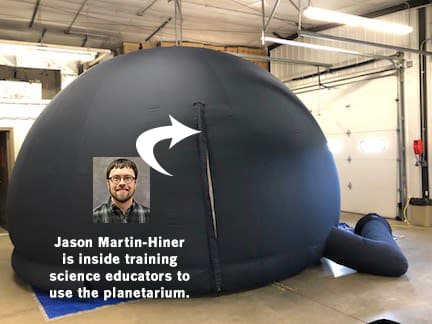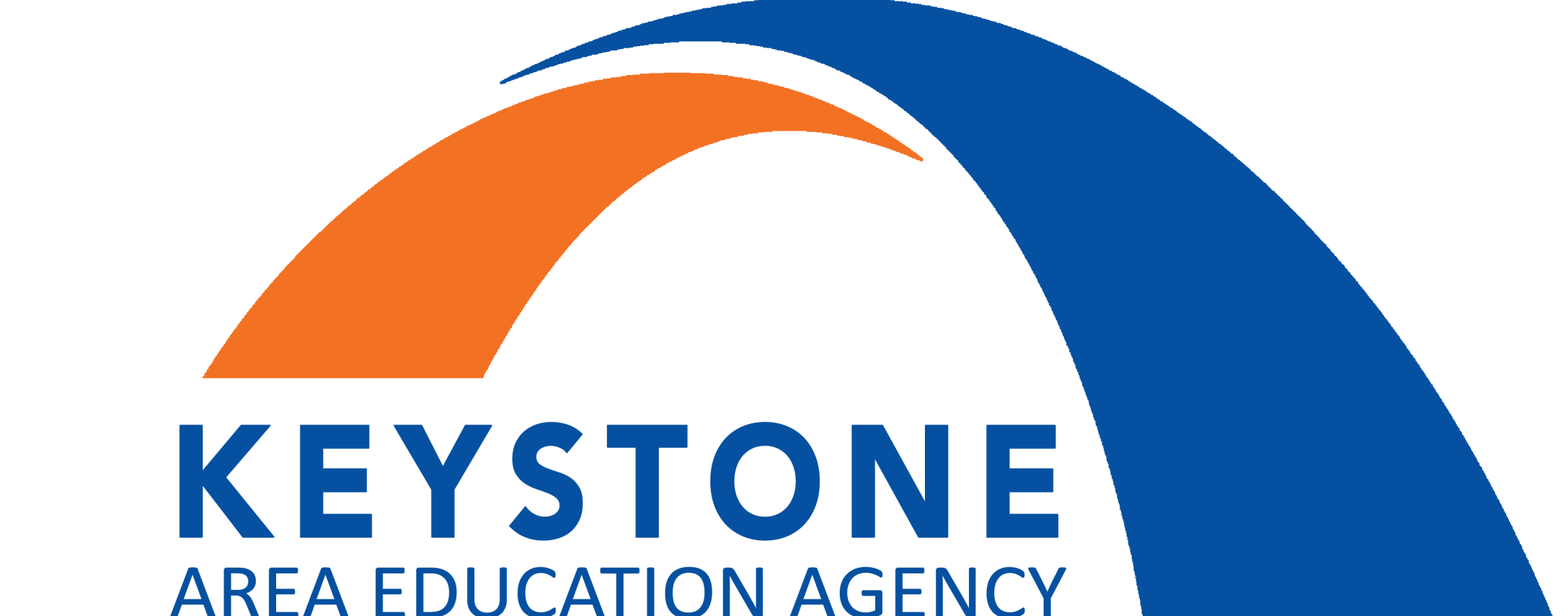First Grade
1-ESS1-1. Use observations of the sun, moon, and stars to describe patterns that can be predicted.
1-ESS1-2. Make observations at different times of year to relate the amount of daylight to the time of year.
Fifth Grade
5-ESS1-1. Support an argument that differences in the apparent brightness of the sun compared to other stars is due to their relative distances from the Earth.
5-ESS1-2. Represent data in graphical displays to reveal patterns of daily changes in length and direction of shadows, day and night, and the seasonal appearance of some stars in the night sky.
Seventh Grade
MS-ESS1-1 (IA 7th Grade): Develop and use a model of the Earth-sun-moon system to describe the cyclic patterns of lunar phases, eclipses of the sun and moon, and seasons.
MS-ESS1-2 (IA 7th Grade): Develop and use a model to describe the role of gravity in the motions within galaxies and the solar system.
MS-ESS1-3 (IA 7th Grade): Analyze and interpret data to determine scale properties of objects in the solar system.
High School
HS-ESS1-2: Construct an explanation of the Big Bang theory based on astronomical evidence of light spectra, motion of distant galaxies, and composition of matter in the universe.
HS-ESS1-4. Use mathematical or computational representations to predict the motion of orbiting objects in the solar system.

Planetarium Tutorials
Set Up
Operation
Remote Control Guide: Basic Night Sky Buttons
Take Down
Planetarium Checkout Information
Keystone AEA circulates two portable planetariums to schools. Training is required to use the planetariums. Contact Jason Martin-Hiner for training. You will need a large area to set up the portable planetariums.

Digitarium Delta 2 Planetarium System (Qty 2): KM 8648
There are 3 parts to this kit. Portable digital planetarium has a 10.5 ft. high, 16 ft. diameter inflatable dome and seats 25 adults or 40 young children. Field of view for the 5 meters dome: 180 degrees (full sky). Projects 1080 pixels across a diameter. There are 11,500,000 stars in the database. Some of the features include the demonstration of beginning through advanced astronomy concepts; simulation of the sky from any point on Earth or from other planets; simulation of the solar system over a two million year time range; shows planetary motion; simulation of celestial phenomena (eclipses, meteor showers); shows atmospheric effects such as sunsets or a blue sky; shows constellations from multiple cultures; displays ecliptic, celestial equator, meridian, and equatorial and azimuthal grids. Includes lesson plans. Workshop training required before using. Ten-day loan period.
AEA Digital Resources
AEA Digital Resources provide a variety of resources to help students further Earth and space topics.
ScienceFlix includes information, videos, photos, and career connections to science topics. One category for students to explore is Space Science. Go directly to topics such as space technology, planets, stars, and time and space!
Additional Resources
- Keystone AEA Media: Lending Books and Small Kits (related to space science)
- Dome Videos
- NASA’s Perspective on grade-level connections
- Science Trek: Space (PBS)- grades K-6
Contact
Jason Martin-Hiner
School Improvement Facilitator
jmartin-hiner@keystoneaea.org
